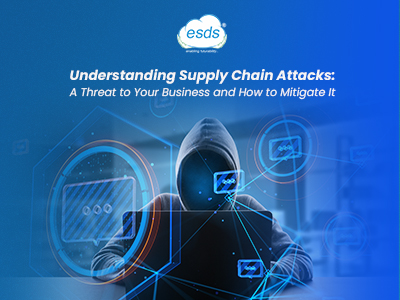Understanding Supply Chain Attacks: A Threat to Your Business and How to Mitigate It
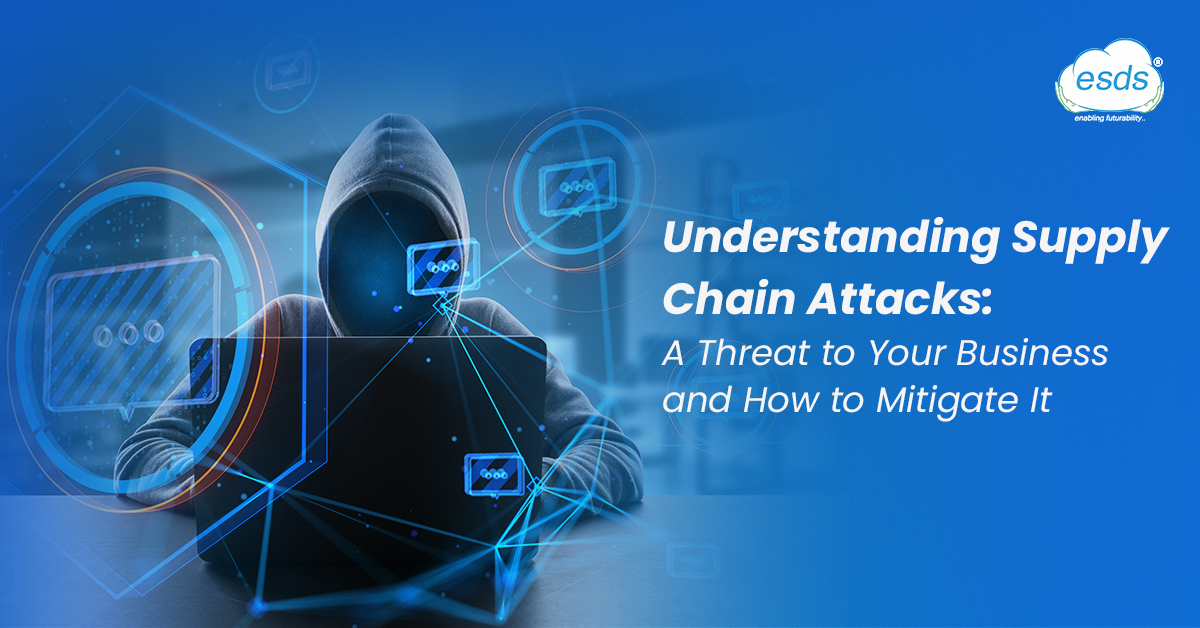
As a business owner or IT professional, you must have heard of supply chain attacks. The news is rife with stories of companies falling victim to such attacks, leading to devastating consequences. Supply chain attacks are one of the most significant threats to businesses today. Supply chain attacks involving malicious third-party components have increased by 633% in the year 2022, according to a supply chain management company Sonatype. But what exactly are supply chain attacks, and how can you protect your organization from them? In this article, I will explain everything you need to know about supply chain attacks, including what they are, how they work, and how to mitigate them.
What is a Software Supply Chain Attack?
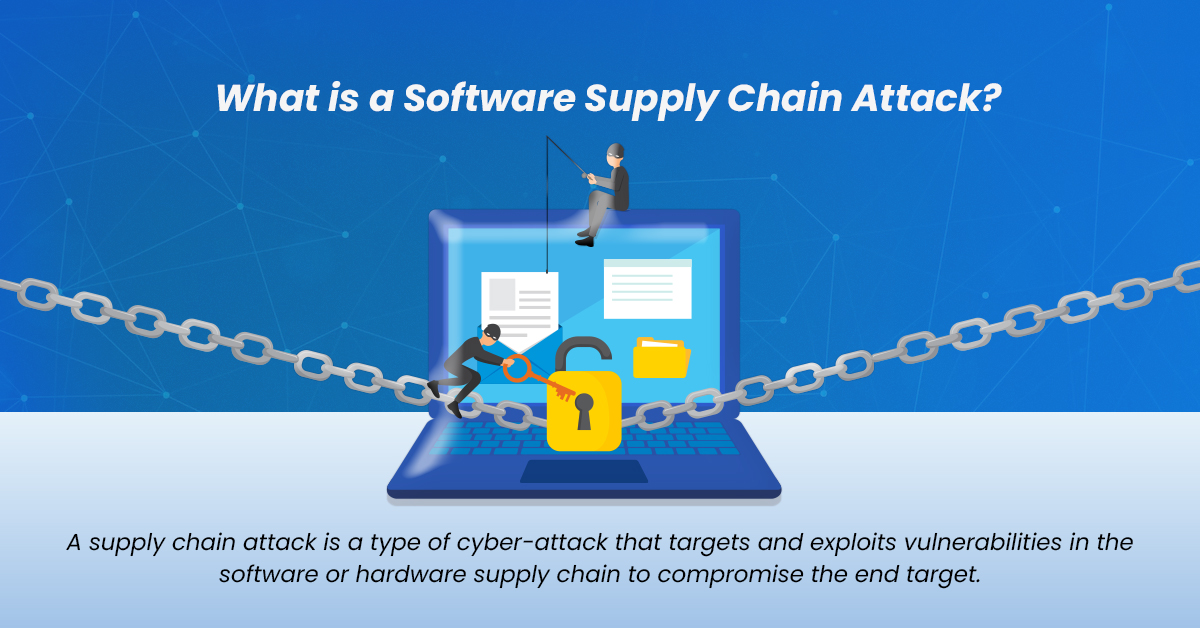
A software supply chain attack is a type of supply chain attack that targets the software used by a business or organization. It involves compromising the software development process by introducing malicious code or tampering with the software update process. The goal is to get the malicious code onto the target’s system, giving the attacker access to sensitive data or the ability to disrupt the target’s operations.
Examples of Software Supply Chain Attacks
One of the most famous software supply chain attacks was the 2017 NotPetya attack. The attackers compromised a Ukrainian accounting software company, which then distributed the malware to its clients, including many large multinational corporations. NotPetya caused billions of dollars in damages and disrupted operations for many companies worldwide.
Another example is the 2020 SolarWinds attack, where hackers compromised the software update process of SolarWinds’ Orion software. The attackers were able to access sensitive data from many high-profile targets, including government agencies and Fortune 500 companies.
Log4Shell is a critical vulnerability discovered in November 2021 in Log4j, a widely popular open-source Java library used for logging and bundled in millions of enterprise applications and software products, often as an indirect dependency. According to Sonatype’s monitoring, as of August 2022, the adoption rate for fixed versions of Log4j sits at around 65%. Moreover, this doesn’t even account for the fact that the Log4Shell vulnerability originated in a Java class called JndiManager that is part of Log4j-core, but which has also been borrowed by 783 other projects and is now found in over 19,000 software components.
How Do Software Supply Chain Attacks Work?
Software supply chain attacks work by targeting the weakest link in the software development process. Attackers will often target smaller, less secure software companies that have relationships with larger, more secure ones. They will then introduce malicious code into the software update process, which is then distributed to the larger companies and ultimately to their clients.
Another common method is to tamper with the software development environment. Attackers will gain access to the development environment and introduce the malicious code, which will then be included in future software updates.
The Impact of Software Supply Chain Attacks on Businesses
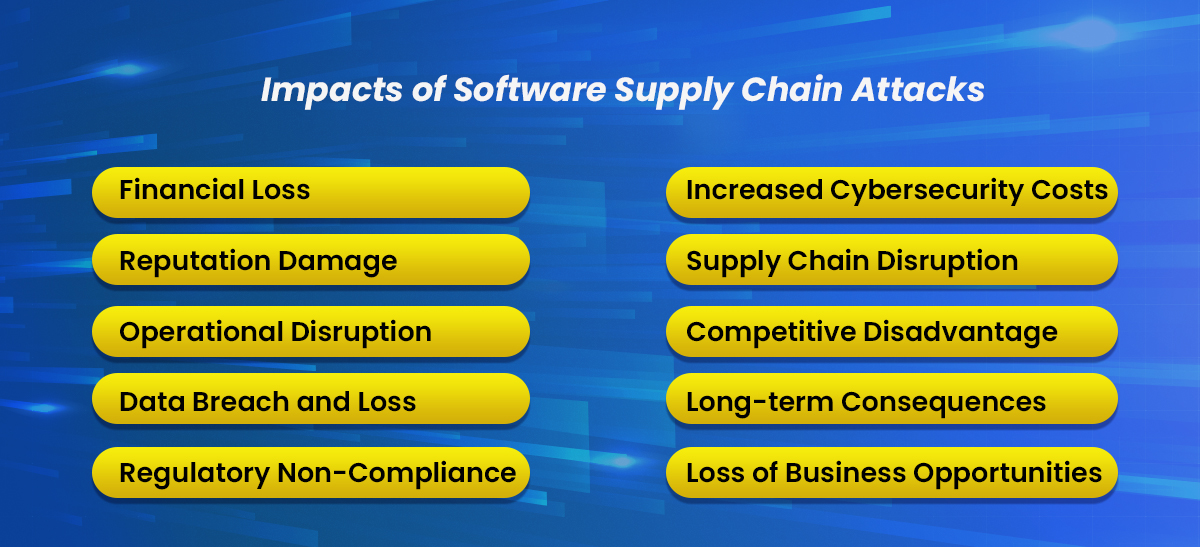
The impact of a software supply chain attack can be devastating for businesses. The attacker can gain access to sensitive data, disrupt operations, and cause reputational damage. The costs of recovery and remediation can be significant, including legal fees, lost revenue, and damage to the brand.
In addition to the immediate impacts, there can be long-term consequences as well. Customers may lose trust in the organization’s ability to protect their data, and the business may face regulatory fines and penalties.
Mitigating Software Supply Chain Attacks – Best Practices
While it is impossible to completely eliminate the risk of a software supply chain attack, there are steps that businesses can take to mitigate the risk. Here are some best practices to consider:
- Perform due diligence on software vendors and suppliers: Before using software or services from a vendor or supplier, perform a thorough risk assessment. This should include checking their security policies and practices, as well as their history of security incidents.
- Implement strong access controls: Limit access to sensitive systems and data to only those who need it. Use multi-factor authentication and strong passwords to protect against unauthorized access.
- Monitor for suspicious activity: Use tools to monitor for suspicious activity, such as unusual login attempts or changes to critical systems.
- Keep software up to date: Regularly update software and apply security patches as soon as they become available.
- Train employees: Educate employees on the risks of supply chain attacks and how to identify and report suspicious activity.
Tools for Detecting Software Supply Chain Attacks
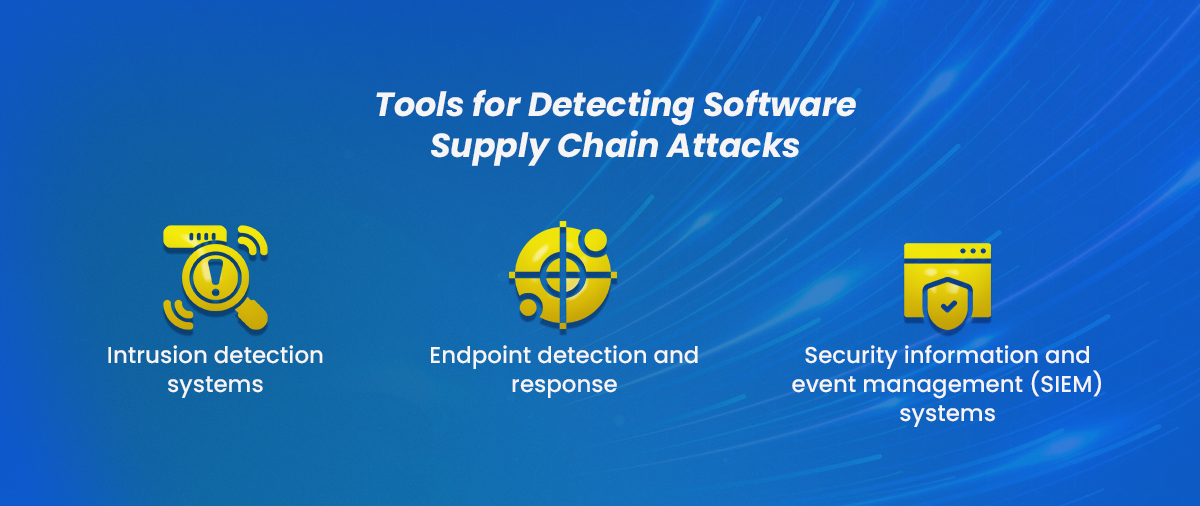
There are several tools available to help detect software supply chain attacks. These include:
- Intrusion detection systems: These systems monitor network traffic for signs of suspicious activity.
- Endpoint detection and response: These tools monitor endpoints, such as laptops and desktops, for signs of malware and other malicious activity.
- Security information and event management (SIEM) systems: These tools collect and analyze data from multiple sources to detect security incidents.
How to Respond to a Software Supply Chain Attack
If your organization falls victim to a software supply chain attack, it is essential to respond quickly and effectively. Here are some steps to consider:
- Isolate the affected systems: Disconnect affected systems from the network to prevent the spread of the malware.
- Identify the scope of the attack: Determine the extent of the damage and which systems have been compromised.
- Notify stakeholders: Notify customers, partners, and regulatory authorities as required.
- Work with law enforcement: Contact law enforcement to investigate the incident and pursue legal action against the attackers.
The Future of Software Supply Chain Attacks
Unfortunately, software supply chain attacks are likely to continue to be a significant threat to businesses in the future. As more companies rely on third-party software and services, the attack surface for supply chain attacks will only increase. However, by taking proactive steps to mitigate the risk and responding effectively to incidents, businesses can reduce the impact of these attacks.
Conclusion:
Software supply chain attacks are a significant threat to businesses today. They can cause significant financial and reputational damage, as well as disrupt operations and compromise sensitive data. However, by implementing best practices, using detection tools, and responding effectively to incidents, businesses can mitigate the risk of supply chain attacks. It is essential to stay vigilant and keep up to date with the latest threats and mitigation techniques to protect your organization from this growing threat.
Protect your business from supply chain attacks. Contact us today to learn how we can help.
- Top 5 Data Center Trends for 2024 - October 11, 2023
- Top 15 Cloud Computing Trends 2024 - October 4, 2023
- What is Infrastructure Monitoring and Why Infrastructure Monitoring Tool is Important for Your Business? - September 20, 2023
